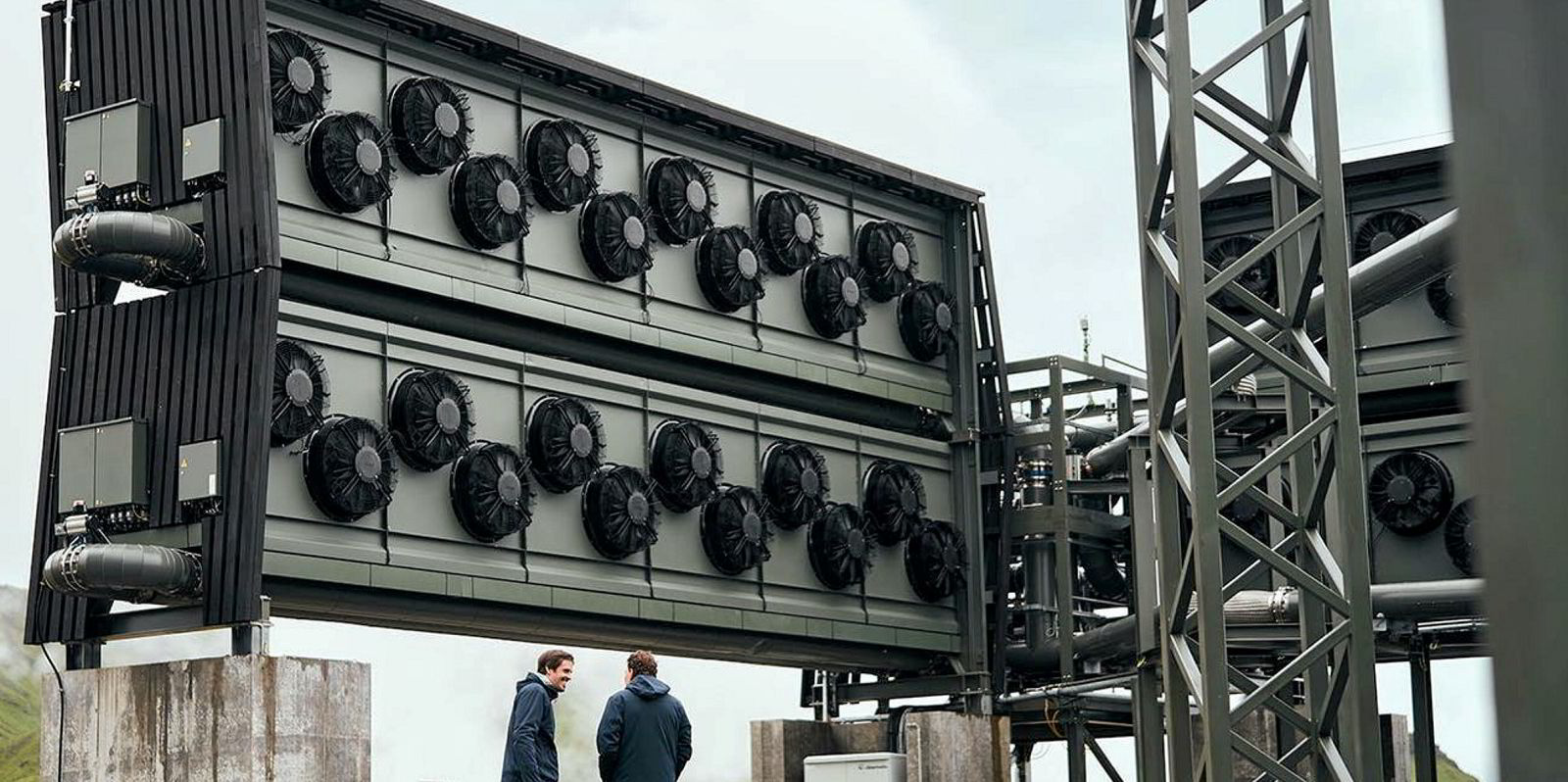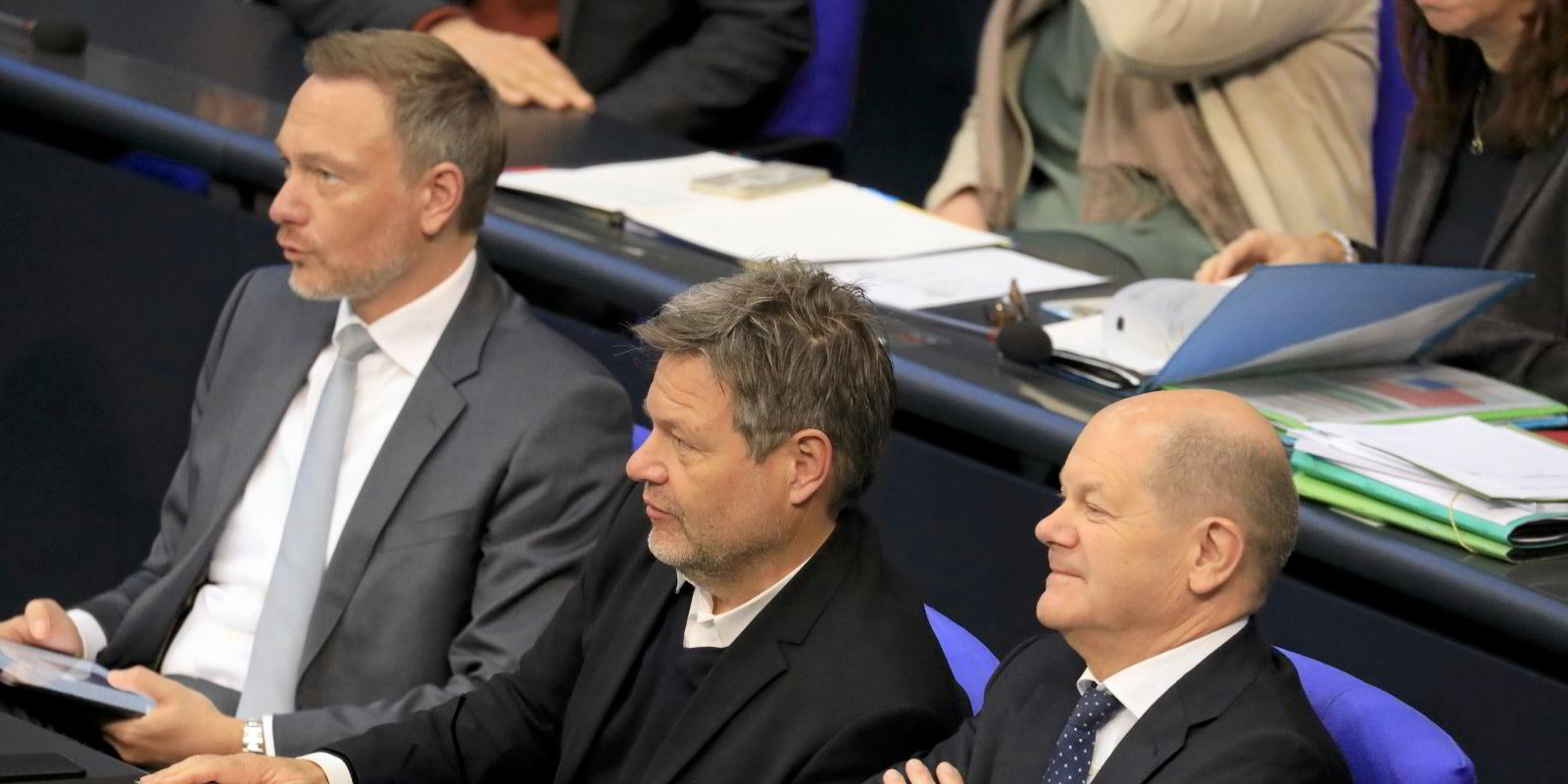Germany’s economics and climate ministry is working on a long-term strategy to reach negative emissions that includes sucking out massive amounts of CO2 from the air.
In a draft paper on the strategy that is slated to be presented still this year, the ministry explains that beyond reaching the country’s net zero greenhouse gas emissions target in 2045, Germany needs to develop a strategy towards 2060 that includes a target for net negative emissions.
The ministry stressed that analyses by the Intergovernmental Panel on Climate Change (IPCC) indicate that the global CO2 budget to limit warming to 1.5°C will be depleted by 2030 at current emission levels, making it increasingly unlikely to meet the 1.5°C target.
Therefore, beyond achieving CO2 neutrality, “the continuous removal and permanent storage of CO2 from the atmosphere is essential, as greenhouse gas emissions cannot be reduced to zero in all sectors with the foreseeable reduction options,” the draft document states.
As even under a net zero strategy there will still be residual emissions in sectors like industry and agriculture, the ministry estimates that roughly 5% of greenhouse gases of 1990 levels cannot be avoided and must therefore be removed from the atmosphere.
In Germany’s case, that would be about 63 million tonnes of CO2 equivalent per year.
Part of that should be sucked out of the atmosphere via still little-tested so-called direct air carbon capture, utilisation and storage (DACCU/S), but the draft document didn’t state how much exactly.
Other methods to reach negative emissions are more traditional and include the stepped-up use of natural carbon sinks such as forests or peatlands, soil management, the production of biomass and marine biomass such as algae, or waste carbon capture, utilisation and storage.
The negative emission strategy is slated to set interim targets for technical carbon sinks for the years 2035, 2040, and 2045 in the country’s climate law.
As methods of direct air capture need to be linked to storage similar to more traditional carbon capture and storage (CCS) of fossil emissions, it is unclear whether those technologies could easily be realised in Germany.
The country so far had abstained from CCS on land, and a push earlier this week by economics and climate minister Robert Habeck to incentivate CCS offshore to reach Germany's climate goals met immediate resistance by environmental groups and even part of his own Green Party in his home state of Schleswig Holstein.
"The idea of financing a CCS infrastructure with tax money while there is no money for many climate protection measures is absurd," Lasse Petersdotter, Green Party leader in the state's parliament is quoted as saying in the Bild newspaper.
Germany’s government said that several other countries have already published strategies regarding negative emissions.
Denmark aims to reduce emissions by 110% by 2050 compared to 1990 levels. The UK’s net zero strategy plans for a technical removal of at least 5 million tons of CO2 per year starting from 2030, while the US is promoting the development of technologies through initiatives like the ‘carbon negative shot' to enable CO2 removal. At the EU level, the role of negative emissions will be clarified as part of the process to determine the EU climate target for 2040.
Next to developing a comprehensive evaluation of all methods and technology for negative emissions, the German government wants to present proposals for monitoring and certification of emissions, as well as for economic incentives for technologies. An integration into the EU’s emission trading system is also planned.




